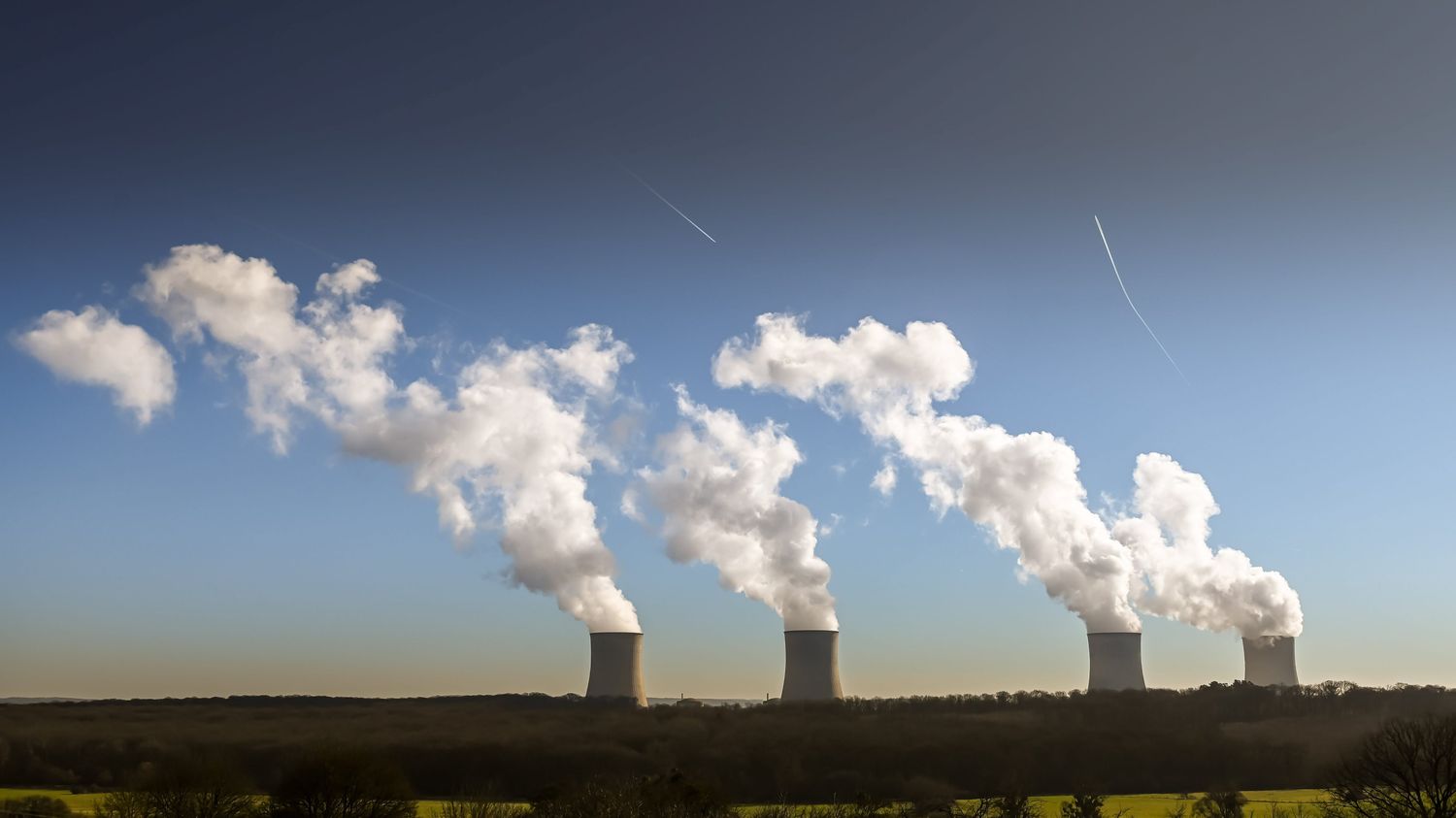The State and EDF had been engaged in tense discussions for months; the aim of the negotiations was to restrict consumers’ bills without EDF losing out. An agreement is announced Tuesday, November 14.
Published
Reading time :
4 mins

The State and EDF have agreed on future electricity prices in France. The objective is to develop a new model for regulating electricity prices, which limits price increases, but allows EDF to escape the spiral of over-indebtedness.
The government wanted the new reference price to be close to EDF’s nuclear production costs and no longer depend on production conditions, which can sometimes use coal-fired power plants in eastern Europe. The objective is above all to take over from the price-setting system that exists today.
Revalorize the cost of production
The mechanism in force until the end of 2025, called ARHEN (Regulated Access to Historical Nuclear Electricity), forces EDF to sell electricity at low prices to its competitors, alternative suppliers, to limit household bills. A system that is objectively disabling for the historic energy company.
This system was very political for the State vis-à-vis French households, but was not tenable for an over-indebted company. EDF has a debt of just over 64 billion euros. The compromise found between the State and the energy company must allow the company to generate profits without the consumer losing out.
Investing again in nuclear power
This is all the more important for EDF which has once again become a 100% public company, taken over by the State last June. The State already owned 84% of EDF’s capital but wanted to regain full control to relaunch nuclear power more quickly. This is today done.
The State is once again in control after numerous twists and turns and the appeals of small shareholders who felt robbed. Thus, 17 years after the opening of EDF’s capital and its entry on the Paris Stock Exchange, the State will have spent nearly 10 billion euros to completely regain control of the group. A renationalization of EDF whose scope is more than symbolic for the shareholder State which plans to build six new generation EPR nuclear reactors with an option for eight others.
